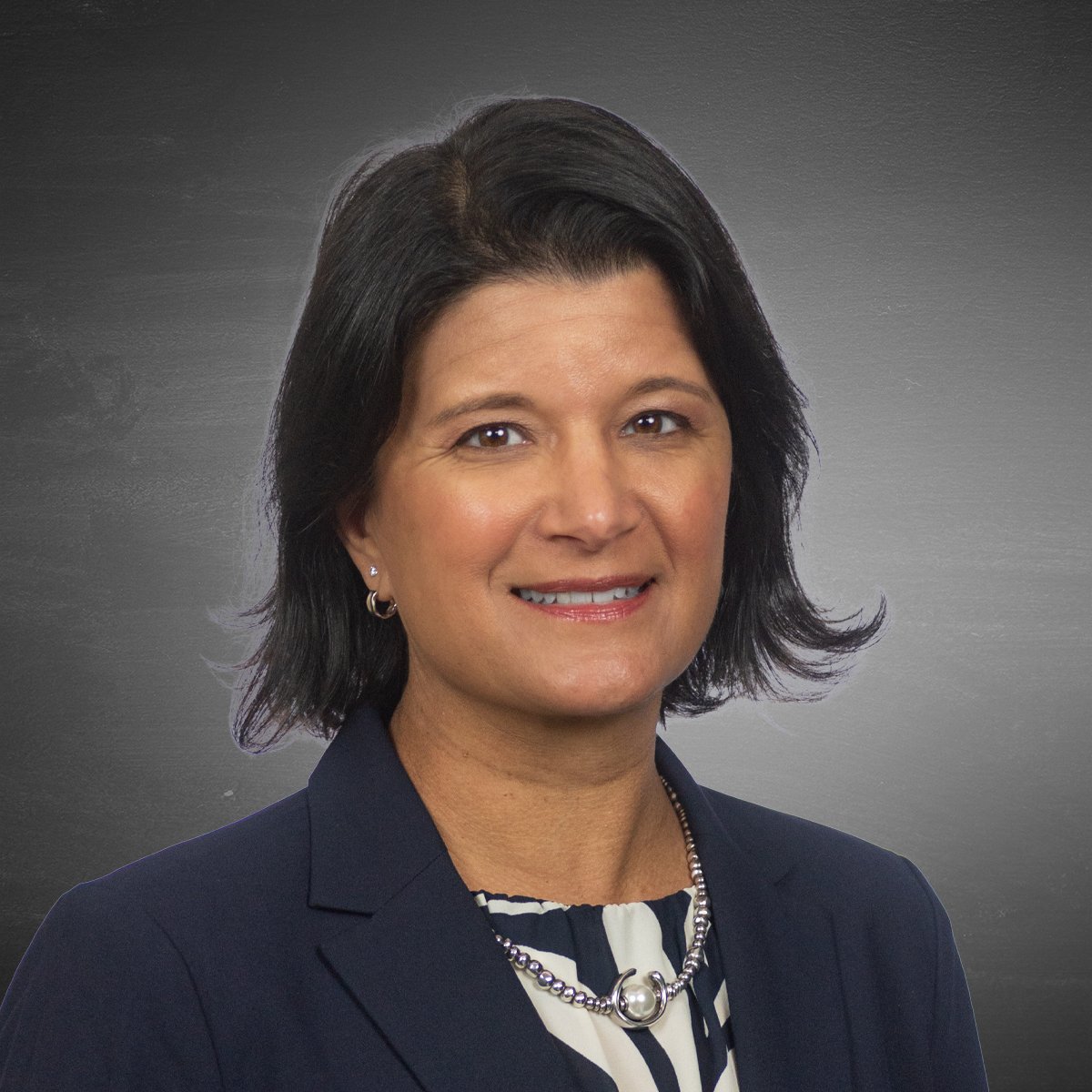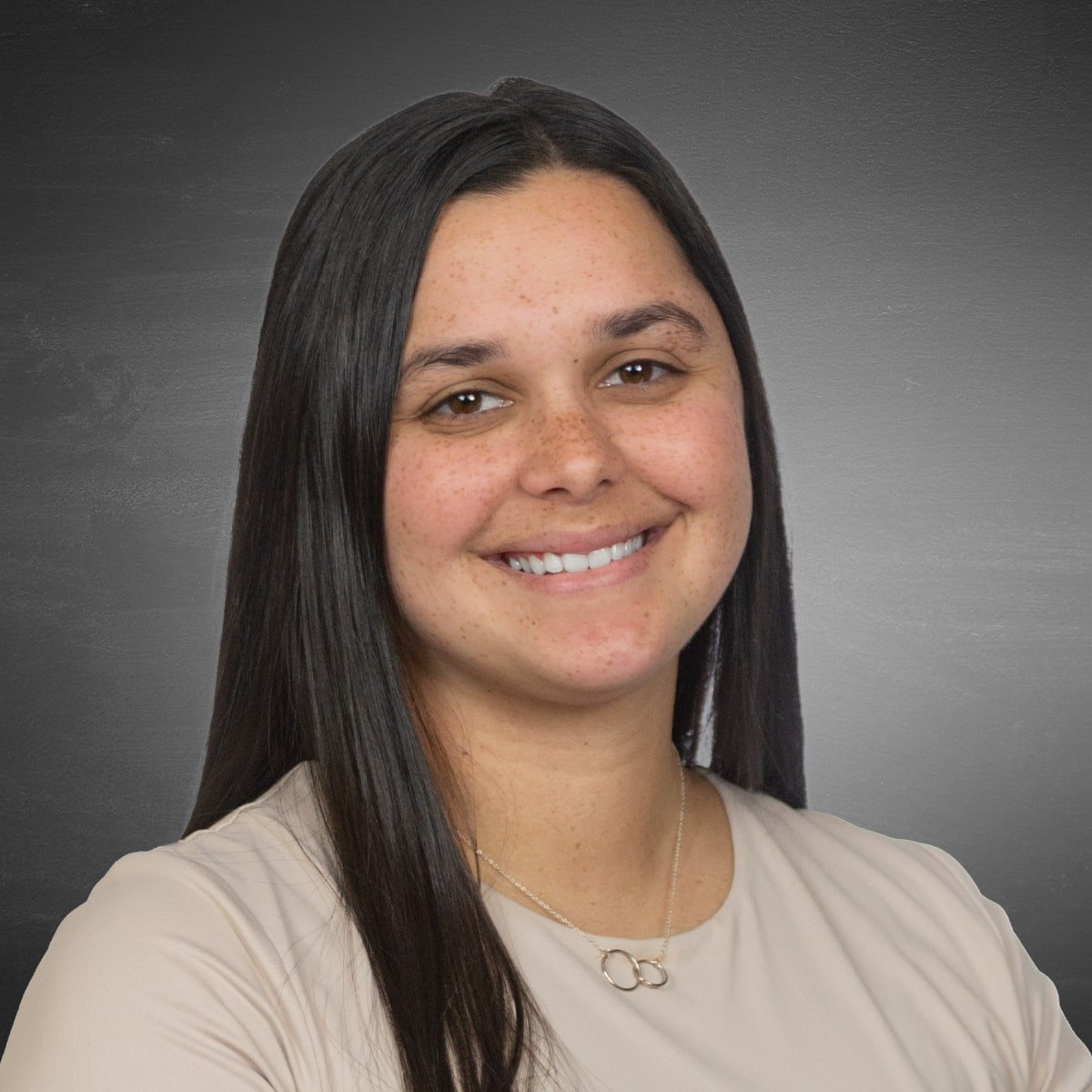JACKSONVILLE, Fla. – Mobile LiDAR is transforming how data informs military engineering and infrastructure design. This technology delivers survey-grade accuracy while allowing work to continue safely around active installations, reducing disruptions and improving project efficiency. For military and federal clients, that means faster access to reliable data that supports smarter, safer engineering decisions.
DRMP will highlight the benefits of using this technology at the 2025 Society of American Military Engineers (SAME) Tri-Regional Joint Engineer Training Symposium (JETS), hosted by the Jacksonville Post, Oct. 21-23 at the Hyatt Regency Jacksonville Riverfront.
Federal Survey Manager Randy Tompkins, PSM, PLS, PS, and Mobile LiDAR Group Leader Bryant King, CST 1, will present “Precision in Motion: Advancing Military Engineering Design with Mobile LiDAR.” Their session will explore how DRMP helps agencies integrate LiDAR data into design and asset management systems to create accurate digital twins that improve decision-making and long-term facility management.
“Mobile LiDAR is becoming a standard tool for large engineering and surveying firms, but adoption within federal agencies is still emerging,” Tompkins said. “As agencies recognize the long-term value of high-accuracy geospatial data for asset management, planning, and resilience, LiDAR has evolved from an ‘innovative’ technology to an essential part of modern infrastructure and defense projects.”

Tompkins and King will share examples of Department of Defense (DoD) projects and case studies that demonstrate Mobile LiDAR’s effectiveness in architecture, engineering and construction, facility and infrastructure asset management, and resilience. They will discuss integration strategies, challenges, and the technology’s future potential.
“A few years ago, Mobile LiDAR was cutting-edge. Now it’s becoming standard practice. What’s changed is how seamlessly the data integrates into design and asset management systems. That’s where the real value is, turning accurate field data into actionable insight.
- Bryant King, CST 1
Advancements in LiDAR technology enable surveyors to capture detailed, three-dimensional (3D) data quickly and accurately across natural landscapes and built environments. On a recent DoD airfield project, DRMP mapped the entire airfield without interrupting flight operations. DRMP collected billions of data points (XYZ) in one day, creating a precise 3D model (Digital Twin) that informed site grading, infrastructure planning, and asset management. What would have taken weeks with traditional methods was completed safely in days without mission delays.
The session will also highlight how Mobile LiDAR supports real-time decision-making in emergencies and military scenarios. Following storm damage or during base expansion planning, DRMP’s experts can deploy vehicle-based LiDAR units to generate current terrain and infrastructure data within hours. This rapid turnaround allows engineers and commanders to make informed, data-driven decisions quickly and with confidence.
“Mobile LiDAR lets us collect the data we need without disrupting the mission,” Tompkins said. “We can work safely around active environments, capture more detail, and deliver information engineers and planners can trust.”

Mounted on vehicles or other mobile platforms, Mobile LiDAR systems collect large amounts of data at speeds often exceeding 60 mph. This reduces the time and costs associated with manual measurements and is especially valuable for roadway development, floodplain mapping, and environmental assessments. LiDAR’s ability to penetrate vegetation also makes it effective for forestry, urban planning, and archaeological studies.
Tompkins and King will also discuss how Mobile LiDAR complements unmanned aerial vehicle (UAV) LiDAR. Mobile LiDAR excels at collecting dense, high-accuracy data along corridors, flight lines, and developed areas, while UAV LiDAR is better for vertical structures, terrain modeling, and hard-to-reach spots. However, UAV operations on military installations can be difficult due to strict airspace regulations and security restrictions, making Mobile LiDAR a faster, more practical option for many federal projects.
“Every project shows how valuable it is to have complete, accurate data available when you need it,” King said. “That’s the capability Mobile LiDAR brings to our federal clients.”
About DRMP
DRMP is a multi-discipline firm serving clients in the public, private and industrial sectors in the development of infrastructure and has been in business since 1977. DRMP currently employs 700 professionals in 23 office locations spread strategically across our service area. Today, DRMP is ranked among Engineering News-Record’s “Top 500 Design Firms” in the United States. For more information, please visit www.drmp.com.



















